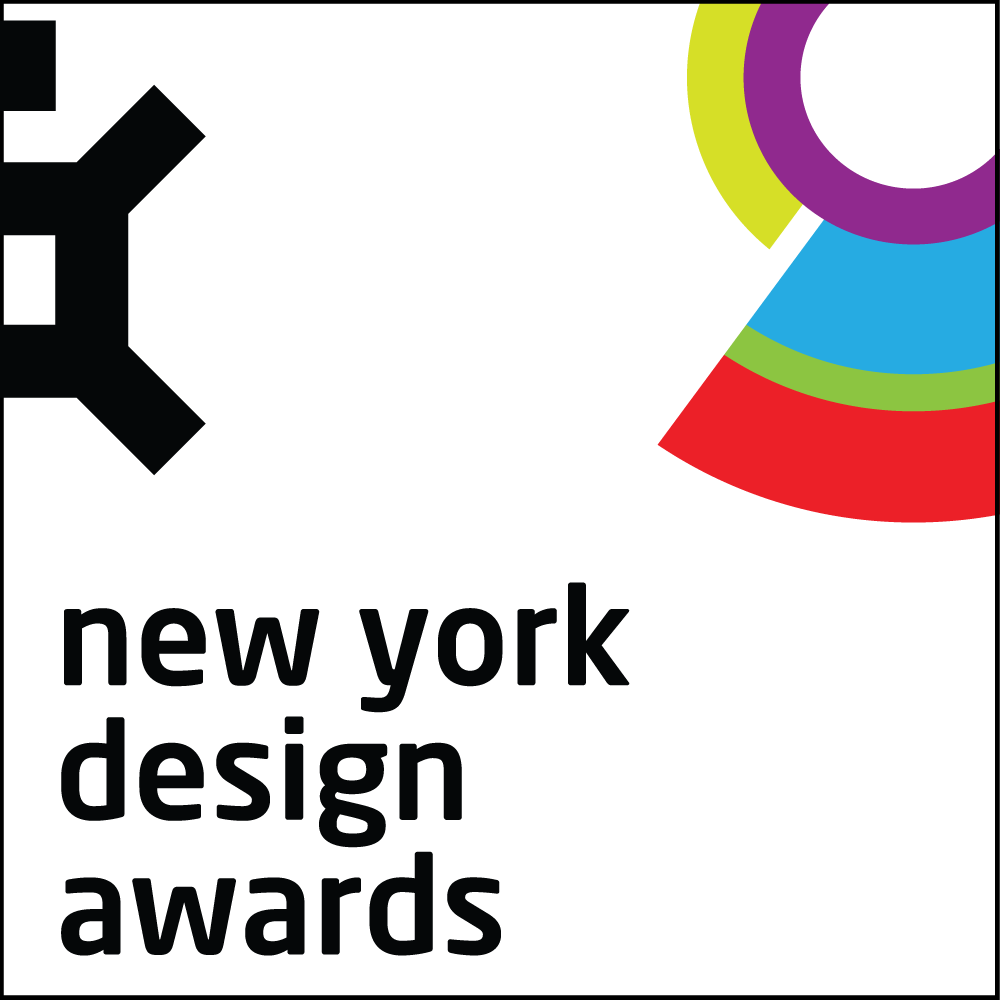









Image Credit : Áine Cain / Business Insider / IKEA

Project Overview
IKEA's Planning Studio in Manhattan is small-format, urban centred store focusing on small spaces, and in-depth kitchen and bathroom design.
Organisation
Project Brief
The Planning Studio is part of a new IKEA global city centre approach, which marks the beginning of an ongoing transformation and commitment to bring the brand into the heart of urban areas.
It is the latest example of how IKEA is reaching customers in new ways that are more accessible and more personalised. The Planning Studio will focus on urban living and small spaces, giving customers the opportunity to discover, select and order IKEA products.
Project Innovation/Need
At approximately 5% the size of a normal IKEA store, the Manhattan Planning Studio is a response the realities of urban life, and offers a scaled-down, optimised showroom experience, as opposed to the traditional walk through warehouse model of a regular store, which is unsuitable for the inner city.
The Planning Studio is centred around ever-popular IKEA displays, which in this instance focus on smart design solutions for small space, and are inspired by the floor plans of actual New York City studio apartments.
These displays allow customers to visualise the flexibility of a select range of IKEA products within an applicable context - that of a smaller living space.
Additionally, customers can get one-on-one help with kitchen design, bedroom projects, and other small space living solutions by talking with an IKEA home planner or IKEA kitchen planner in-store.
Service - Retail
This award celebrates creative and innovative design in the retail environment. Consideration given to attracting, engaging and motivating customers to make purchases, the use of colour, lighting, space, product information, sensory inputs (smell, touch, sound) as well as technologies such as digital displays and interactive installations.
More Details

